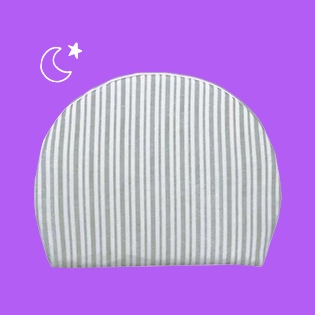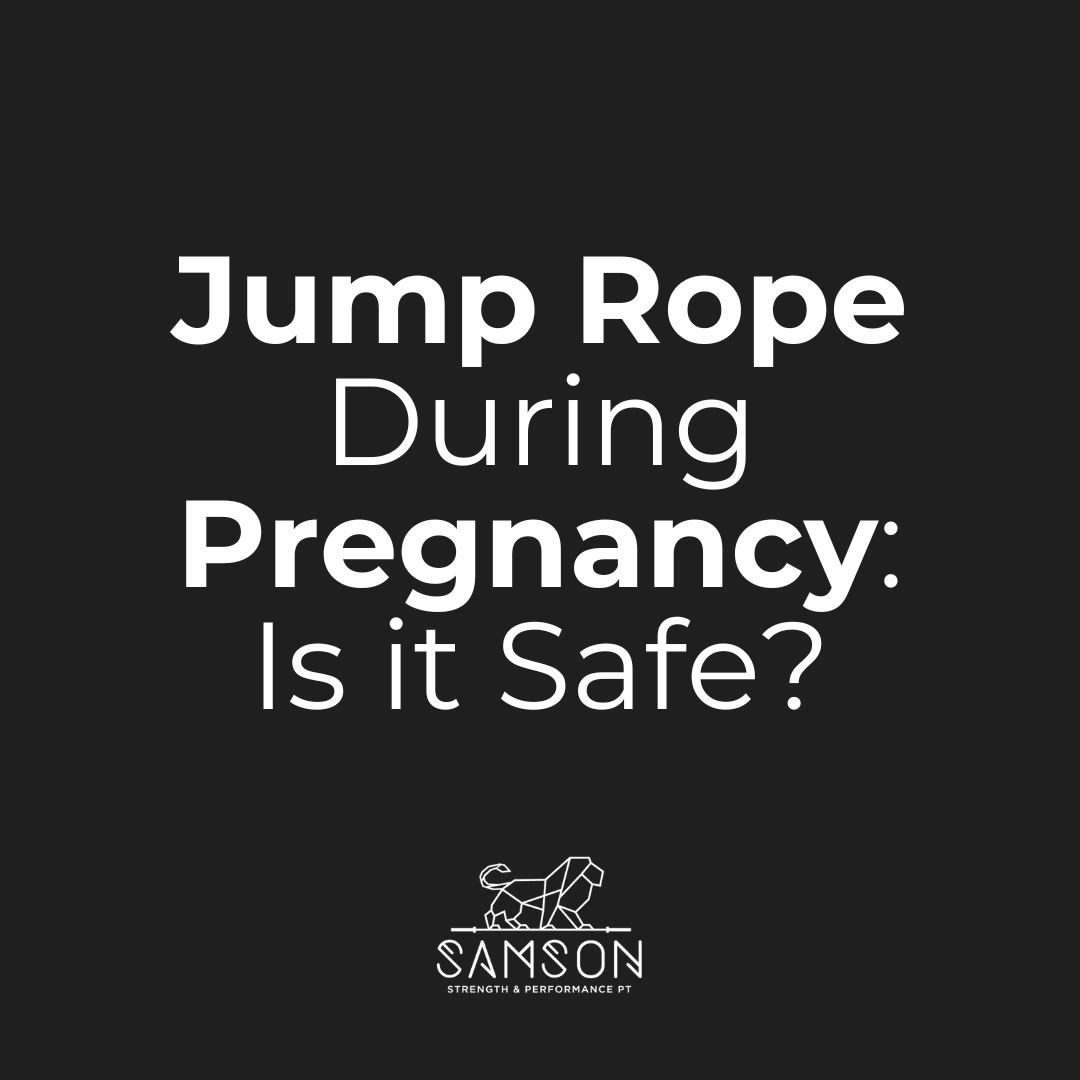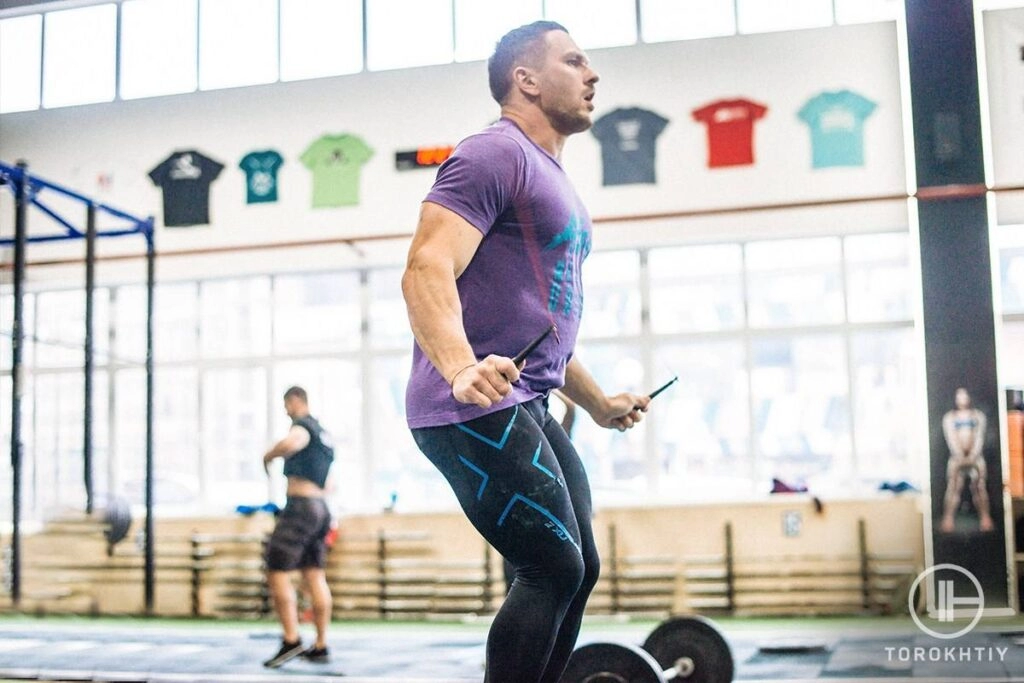Exercise While Pregnant Guidelines
Jumping rope during pregnancy can be a safe and effective form of cardiovascular exercise for many women, but consulting with your healthcare provider before starting or continuing this activity is essential. Every pregnancy is unique, and medical professionals can evaluate your individual health status to determine if jump roping fits your prenatal fitness plan.
Trimester Specific Considerations for Jump Rope Pregnancy Safety
- First trimester: Generally, low to moderate-intensity exercise like jump roping is considered safe if you were active before pregnancy. However, fatigue and nausea are common, so pacing yourself and avoiding overexertion is important.
- Second trimester: This is often the most comfortable stage for physical activities. You can continue jump roping, but be mindful of your changing center of gravity and increased joint laxity.
- Third trimester: Extra caution is necessary as your balance and endurance decrease; high-impact activities, including jump rope, may be less advisable. Many experts recommend switching to lower-impact exercises during this stage.
Factors Influencing Jump Rope Safety While Pregnant
Several key factors impact whether jump rope is a safe exercise option during pregnancy:
- Overall health status: Pre-existing conditions like hypertension or heart disease often require modified exercise plans.
- Pregnancy complications: If you have issues such as placenta previa, preterm labor risk, or cervical insufficiency, avoid high-impact activities including jump rope.
- Fitness level before pregnancy: Women with established jump roping routines may continue under supervision, while beginners should proceed cautiously or choose alternative cardio options.
- Body changes: Increasing weight, changes in balance, and ligament looseness may increase fall risk and strain.
Always prioritize safety and listen to your body, adjusting workouts as needed to maintain optimal health for both you and your baby.
Benefits of Jump Roping While Pregnant

Jump roping during pregnancy, when done safely, can offer several important benefits for both your body and mind. It’s a simple way to stay active and support your overall wellness throughout pregnancy.
Cardiovascular Health and Stamina
Jump rope is a great cardio workout that helps keep your heart strong and improves stamina. Maintaining cardiovascular health is crucial during pregnancy as it prepares your body for labor and delivery while supporting better oxygen flow to you and your baby. Regular, moderate jump roping can boost endurance, helping you feel more energized throughout the day.
Maintaining Muscle Tone and Coordination
Jump rope targets multiple muscle groups including your legs, core, and arms. Keeping muscles toned during pregnancy helps support your changing body and can reduce discomfort, like back pain. It also improves coordination and balance, which is especially helpful since pregnancy often affects stability.
Mood Improvement and Stress Relief
Exercise like jump roping stimulates the release of endorphins, the body’s natural mood enhancers. Staying active can help lower stress levels, reduce anxiety, and improve overall well-being during pregnancy. Jump roping can be a quick and effective way to boost your mood on days when you feel overwhelmed or tired.
By focusing on these benefits, jump roping can be a valuable part of your prenatal fitness routine. For the best results and safety, always tailor your workout to your pregnancy stage and stay mindful of how your body feels. For tips on choosing the best jump rope for your needs, check out the 6mm PVC jump rope designed for comfort and ease of use during workouts.
Risks and Precautions of Jumping Rope While Pregnant
Jump rope pregnancy safety is a top concern because of the physical changes your body goes through. As your pregnancy progresses, your balance and coordination can be affected, increasing the risk of falls. This happens because of shifts in your center of gravity and loosening of ligaments due to hormone changes. A simple misstep can lead to serious injury, so being cautious is crucial.
Another risk is potential abdominal trauma or strain. Jumping rope involves repetitive bouncing and impact, which can put pressure on your growing belly. This strain could cause discomfort or even harm, especially if your core isn’t well supported or if you jump too vigorously.
It’s important to know the signs to stop jumping rope immediately to prevent complications. Stop if you experience:
- Dizziness or lightheadedness
- Pain, especially in the abdomen or pelvis
- Vaginal bleeding or spotting
- Shortness of breath or chest pain
- Any sudden swelling or contractions
If any of these symptoms appear, pause your workout and contact your healthcare provider right away.
By recognizing these risks and watching for warning signs, you can better manage your exercise routine safely. For more detailed advice on pregnancy workout precautions, always consult your doctor before continuing or starting jump rope during pregnancy.
Exercise Tips and Precautions
Jumping rope is a great workout, but during pregnancy, safety comes first. Here’s how to keep it safe and effective while protecting you and your baby.
Choose the Right Jump Rope for Pregnancy Workouts
- Lightweight and adjustable ropes reduce strain on your wrists and make it easier to control your pace.
- Look for cushioned handles to improve grip and comfort, especially as your hands may swell during pregnancy.
- If you’re just starting, opt for a beginner-friendly jump rope designed for smooth rotation and ease of use.
Warm Up and Cool Down Are Essential
- Begin every session with a 5 to 10-minute warm-up such as brisk walking or gentle stretching to prepare your muscles and joints.
- After jumping rope, spend time doing a cool down with slow movements and stretches to reduce muscle stiffness and lower your heart rate safely.
- These steps help minimize the risk of injury and reduce muscle soreness.
Modify Intensity and Duration According to Your Trimester
- Keep your pace moderate — avoid fast, high-impact jumping that could cause too much strain.
- Limit your sessions to short bursts of 5 to 10 minutes, several times a day if you feel comfortable.
- As you progress through pregnancy, especially in the second and third trimesters, reduce the frequency or intensity based on how you feel and medical advice.
Listen to Your Body and Avoid Overexertion
- Pay close attention to any signs of discomfort like dizziness, unusual pain, shortness of breath, or bleeding; stop immediately if these occur.
- Rest as needed and don’t push through fatigue or discomfort.
- Staying connected with your healthcare provider can help you adjust your routine safely.
Following these guidelines will help you enjoy the benefits of jump roping while keeping both you and your baby safe.
Alternative Low Impact Exercises for Pregnant Women Jump Rope Safety

While jump roping can be a good cardio workout, it’s not the best choice for everyone during pregnancy. To reduce risks and keep active safely, many pregnant women turn to low impact exercises that are gentler on the body.
Safer and Complementary Exercise Options
-
Walking
Walking is simple, effective, and easy to modify based on your energy levels. It improves circulation without stressing your joints or balance.
-
Swimming
Swimming and water aerobics provide a full-body workout with minimal strain, thanks to buoyancy in water. This helps ease swollen limbs and reduces fall risk.
-
Prenatal Yoga
Prenatal yoga focuses on flexibility, breathing, and relaxation. It’s great for strengthening muscles needed during labor and alleviating pregnancy discomfort.
When to Choose Alternatives Over Jump Rope
Jump rope may not be suitable if you experience any of the following during pregnancy:
-
Balance issues or dizziness
Pregnancy changes your center of gravity. If you find yourself unsteady, switching from jump rope to walking or swimming is safer.
-
Pregnancy complications
Conditions like preterm labor risk, placenta problems, or high blood pressure mean low impact exercises are a better option.
-
Third trimester caution
As your belly grows, high-impact moves like jump rope can be increasingly uncomfortable or risky. Low impact activities are often recommended.
-
Low fitness level or new to exercise
If you’re just starting or weren’t active before pregnancy, begin with gentler workouts like prenatal yoga or walking before adding jump rope.
By choosing the right exercise based on your trimester, overall health, and pregnancy status, you stay active without unnecessary risks. For more on proper jump rope usage, check out our guide on optimal duration of skipping rope.
Expert Tips for Jump Rope Pregnancy Safety and Final Recommendations
When it comes to jump rope pregnancy safety, there are a few essential tips I always recommend to keep you and your baby safe while staying active.
Consult Your Healthcare Provider Before You Start
- Always check with your doctor or midwife before jumping rope during pregnancy. They can review your unique health situation, including any pregnancy complications or risk factors, and advise if jumping rope fits into your prenatal fitness plan.
- This is especially important if you’re in your third trimester or have had previous issues like preterm labor, placenta problems, or high blood pressure.
Stay Hydrated and Avoid Overheating
- Pregnancy increases your body temperature and hydration needs, so drink plenty of water before, during, and after your workout.
- Avoid jumping rope in hot or humid environments to reduce the risk of overheating, which can be harmful during pregnancy.
- Listen to your body—if you start feeling too warm, dizzy, or fatigued, stop and rest.
Use Proper Footwear and a Safe Environment
- Pick supportive, slip-resistant shoes designed for exercise to protect your joints and improve balance.
- Jump on a flat, cushioned surface like a gym mat or wooden floor to reduce impact on your knees and back.
- Clear your jumping space to avoid tripping hazards and ensure good lighting to help maintain balance.
Additional Tips to Keep in Mind
- Choose a lightweight jump rope with adjustable length and cushioned handles to make your workout easier and more comfortable.
- Warm up with gentle stretches and cool down after jumping rope to prevent injury.
- Modify your jumping rope routine by reducing intensity and duration, especially if you’re new to exercise or in later pregnancy stages.
- Always listen to your body and stop immediately if you feel dizziness, pain, bleeding, or any unusual symptoms.
By following these professional tips and prioritizing your health first, you can safely enjoy the benefits of jump roping during pregnancy while minimizing risks. Remember, the key is staying active in ways that suit your body’s changing needs.



